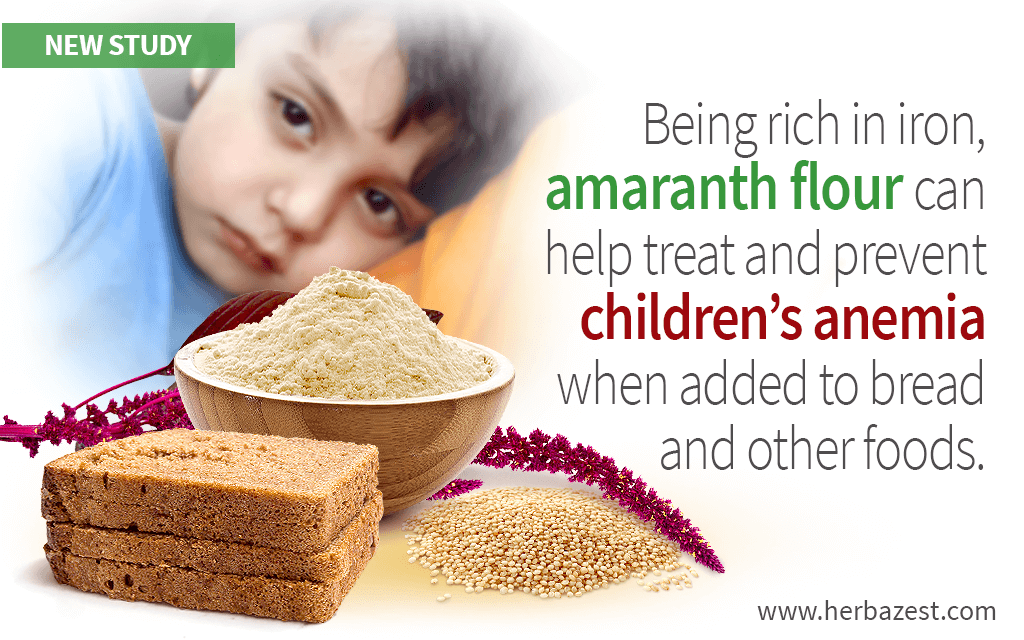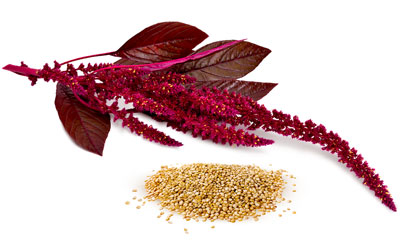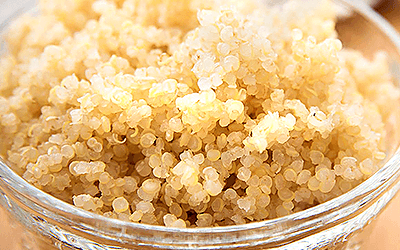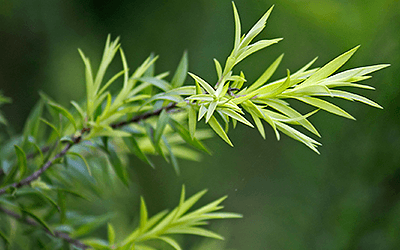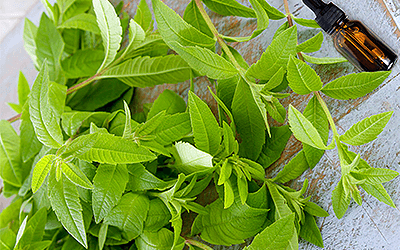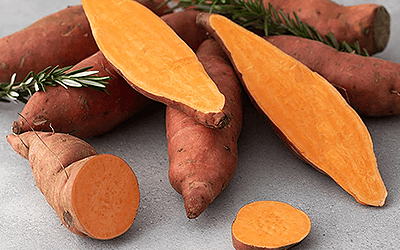While anemia as a consequence of malnutrition is not common in developed countries, it is still a significant problem in various places around the world. Thanks to its naturally high levels of iron, protein, and other key nutrients, amaranth can potentially reduce food insecurity in such regions and improve nutrition.
However, there is some evidence that the phytic acid it contains may reduce the bioavailability of certain nutrients.1 Soaking, germinating, and fermenting the grains can reduce phytic acid levels, thus allowing for optimal absorption of key nutrients.
The aim of this study was to evaluate the effects of amaranth bread on anemia in children.
The Study
It was a 2020 community-based food intervention with a 1:1 cluster randomized controlled trial that took place in the suburbs of Hawassa city, Ethiopia. It involved 100 children with anemia (hemoglobin below 110.0g/L).
After being assigned to two groups, half of the children consumed a homemade bread made with 70% amaranth and 30% chickpea flour, while the other half were given a homemade maize bread.
Before being used to make the bread, amaranth grains were soaked, germinated, and fermented to decrease the phytate concentration. Maize, on the other hand, was roasted and fermented.
Over a span of six months, researchers took various measurements, including the children's hemoglobin, ferritin, and C-reactive protein levels.
The Results
After the end of trial, anemia prevalence was significantly lower in children eating amaranth flour bread (32% out of 100% at baseline) in comparison to those eating maize bread (56%).
There was also a substantial increase in hemoglobin concentration among the amaranth children.
What Does this Mean?
As evident in the results of this trial, regular consumption of amaranth can decrease anemia prevalence and increase hemoglobin levels in children.
Most cases of anemia in children can be naturally treated with diet adjustments. This study provides solid evidence that amaranth is a great example of a food that is a worthwhile addition to their meals.
Other herbs that might be helpful for treating and preventing anemia are spinach, kale, lentils, and beans.
Sources
- PLOS ONE, Efficacy of processed amaranth-containing bread compared to maize bread on hemoglobin, anemia and iron deficiency anemia prevalence among two-to-five-year-old anemic children in Southern Ethiopia: A cluster randomized controlled trial, 2020
Footnotes:
- African Journal of Traditional, Complementary and Alternative Medicines. (2013). Antihyperglycemic and antinociceptive activity evaluation of methanolic extract of whole plant of Amaranthus Tricolor L. (Amaranthaceae). Retrieved December 9, 2020 from https://www.ajol.info//index.php/ajtcam/article/view/92374
